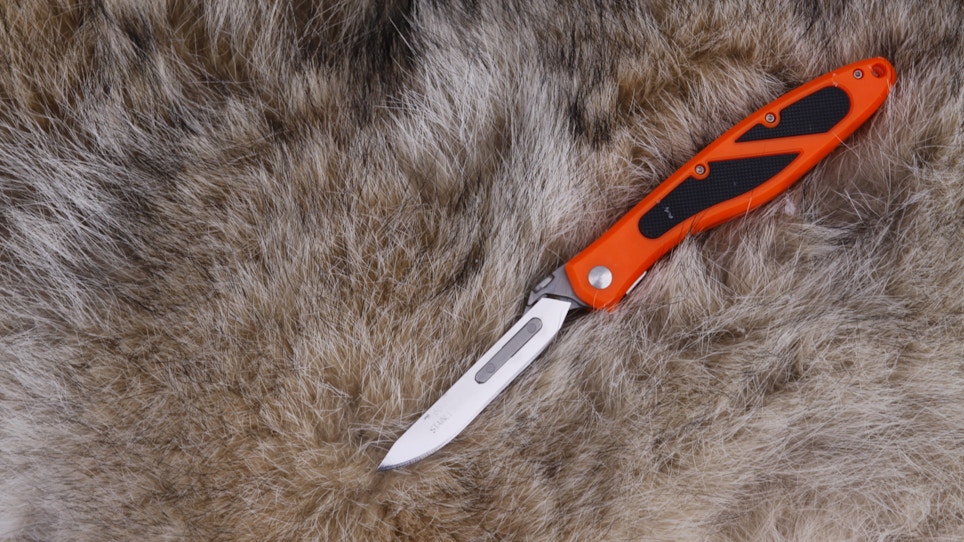As trapping season winds down, the fur auction season ramps up and, in this seasonal transition, there’s good news and bad news. The good news is coyote fur prices remain stable — or even up depending on the grade of fur being sold. The bad news is that most other major furs are down, or steady at best.
If you do have furs ready for market, here’s what some auction houses are reporting:
- According to the Fur Harvesters Auction Inc. (FHA) results from January 2017, western coyotes brought an average price of $56 and eastern coyotes averaged $25. Coyote fur buyers purchased 100 percent of the coyote inventory. That defines a market hungry for coyote fur. If you have coyotes stockpiled, it might be a good idea to get them out for March sales.
- Red fox fur didn’t match the coyote market, but these pelts still averaged $10 to $24, depending on the quality.
- If you have a stockpile of raccoon furs, don’t hold your breath. Some Canadian coons fetched $7, but a huge part of the inventory went unsold at the auction.
- According to the information from FHA, mink averaged up to $10, otter $25. Muskrat at just over $4 with future sales looking a bit better.
Posted sales from North American Fur Auctions (NAFA) told a similar tale and they posted this response in regards to coyote sales:
“NAFA opened its February 2017 auction with one of the largest buyer attendances we have seen for a coyote sale in the last 10 years.”
NAFA also reported 100 percent sales in the coyote category with most furs going to the trimming market. The auction house also reported a high demand for western coyotes. Top buyers came from Italy, Hong Kong, Canada and China. For the highest quality, buyers paid up to $460 for an outstanding lot of coyote pelts. That’s exceptional for high-grade furs but, on average, sales of garden-variety coyote pelts ranged from $40 to $100.
Fur prices continue an up-and-down cycle trappers have seen now for the past several decades but — fortunately for trappers — the fur market isn’t the driving force behind why most go afield. Instead, the opportunity to participate in an exciting sport, the value of predator management for all wildlife species and the added value of hunting when most other seasons are closed are all motives equal to or more valuable than a hefty paycheck for your pelts.






